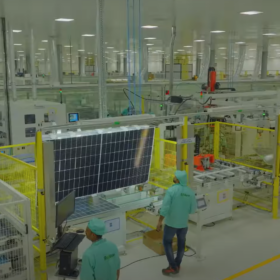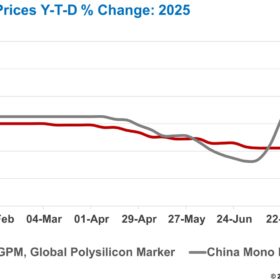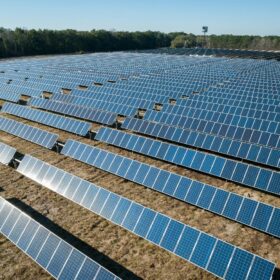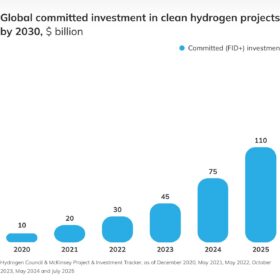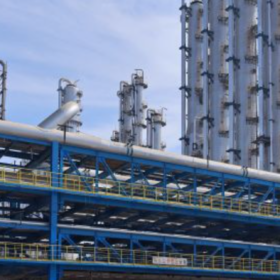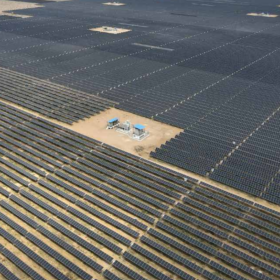ReNew reduces solar module, cell prices following GST cut
ReNew Energy Global Plc (ReNew) has announced price reduction in its solar modules and cells, following the Government of India’s landmark decision to lower goods and services tax (GST) on renewable energy equipment from 12% to 5%, effective September 22, 2025.
China polysilicon prices climb 50.7% from July low despite growing inventories
In a new weekly update for pv magazine, OPIS, a Dow Jones company, provides a quick look at the main price trends in the global PV industry.
Adani Group gets clean chit from SEBI in Hindenburg Case
Market regulator, the Securities and Exchange Board of India (SEBI), has dismissed US-based short seller Hindenburg Research’s allegations of stock manipulation against the Adani Group companies and the Group’s Chairman, Gautam Adani.
Draft ALMM List-III signals India’s push for self-reliance in solar manufacturing
The draft order for the implementation of the Approved List of Models and Manufacturers (ALMM) for wafers and ingots clearly indicates the government’s commitment to advancing domestic solar PV upstream integration and bridging the capacity gap between modules, cells, and wafers. Issuing this order nearly three years before its effective date and one year before the implementation of ALMM List-II will allow solar manufacturers to plan for wafer capacity alongside their upcoming cell capacities.
CERC to finalise virtual PPA guidelines soon
The Central Electricity Regulatory Commission (CERC) is set to release final guidelines for virtual power purchase agreements (VPPAs), potentially unlocking financing opportunities for over 40 GW of uncontracted renewable energy projects across the country.
Saatvik Green Energy’s INR 900-crore IPO to open this week
Saatvik Green Energy Ltd has announced the launch of its initial public offering (IPO), aiming to raise INR 900 crore. The offer comprises a fresh issue of equity shares aggregating up to INR 700 crore and an offer for sale (OFS) aggregating up to INR 200 crore by the promoters.
Hydrogen-ready pipelines and the global opportunity for Indian manufacturing
Hydrogen is moving quickly from promise to reality, and pipelines will be the foundation of this transition. The world is preparing to invest billions in hydrogen-ready transport networks, and the demand for advanced steel pipes will surge. With its strong track record, competitive costs, and supportive policies, India is well-positioned to lead.
Global H2 investment tops $110 billion, says Hydrogen Council
Global hydrogen investment has topped $110 billion, up $35 billion from last year, with total committed capacity exceeding 6 million tons (metric tons) per year (mtpa), says the Hydrogen Council.
India Energy Storage Alliance (IESA) welcomes the new tax regime under GST 2.0
The India Energy Storage Alliance (IESA) has welcomed the streamlining of the GST rate for all advanced batteries under heading 8507 to a uniform 18%, replacing the earlier regime where lithium-ion batteries were taxed at 18%, while other chemistries attracted a 28% GST.
ALEMAI calls for policy intervention to support domestic aluminium extrusion manufacturers
Amid rising demand from the solar energy sector, the Aluminium Extrusion Manufacturers Association of India (ALEMAI) has urged the government to take urgent policy measures to reduce dependence on imported aluminium extrusions and support domestic manufacturers.
